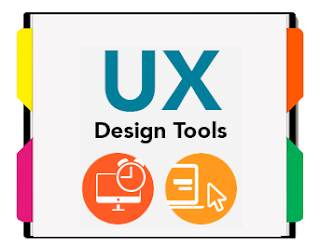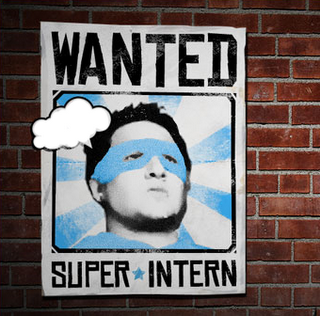At ImaginXP we often get asked
"How do I enter the UX Industry without any formal training?"
Is it possible to get hired as a designer
without holding a degree in design? We say Yes! Absolutely Yes!
All you need is
the right approach, mind-set and guidance towards developing the skills that
you need to become a practicing UX professional.
We are going to tell you 5 quick steps that you can follow to start you off on the right path.
We are going to tell you 5 quick steps that you can follow to start you off on the right path.
Step 1: Do your research:
User Experience is a vast and at times
ambiguous term. Before you take the decision of starting to apply for jobs or
look for training options spend some time reading about the UX design industry.
 |
| Conducting Research Is Key Element of UX Design Career |
Thanks to the emergence and popularity of mobile devices user experience has
become a mainstream design discipline and there is a plethora of content
available online.
Read, watch and listen to everything you can get your hands
on so that you familiarize yourself with user experience as a discipline and
terminology associated with this field.
Following are a few online resources to
start you off:
1. Smashingmagazine - Interesting, educative & easy articles on everything related to design
1. Smashingmagazine - Interesting, educative & easy articles on everything related to design
2. Youtube.com - You will find great
videos on UX.
3. Boxesandarrows- Informative blog
on UX design
You may also consider reading any of
the following books:
·
UI Is Communication: How to Design Intuitive, User Centered
Interfaces by Focusing on Effective Communication by Everett N. McKay
Quick Tip: Research is a key part of a
UX designer's profile. Inculcate this habit today to be successful tomorrow.
Step 2: Get connected to the design
community:
If you want to enter the industry it is
always a good idea to get connected to the design community.
 |
| Networking in an essential part of career growth |
Designers are a
friendly and not to forget fun bunch of people. Reach out to any designers that
you may know through friends, family and colleagues or on platforms such as
LinkedIn and Facebook.
In addition there are various UX design groups and
forums which provide a great opportunity to meet and interact with the
larger design community as a whole. And if you are a real go-getter find the
next design seminar or meet-up happening in your city and go attend one.
We assure you it will be an experience worth your time. For a UX industry professional no two days are the same and he needs to be able to deal with technical and non-technical issues. Networking helps in developing the non-technical(read human aspect) of UX industry.
We assure you it will be an experience worth your time. For a UX industry professional no two days are the same and he needs to be able to deal with technical and non-technical issues. Networking helps in developing the non-technical(read human aspect) of UX industry.
Step 3: Teach yourself some tools:
Adobe Photoshop and Illustrator are the
go-to tools for any designer. Although User Experience is not a tool driven
design discipline you will always get extra 'brownie points' for being
proficient in these tools.
 |
| Learn tools essential for every UX designer |
These software will help you define and show case
your ideas to clients, colleagues and managers. However, don't look at this as
a daunting task that will take you years to master.
There are various free
online tutorials especially by Adobe themselves that help not only experienced
professionals but also newbies to master these tools, and as they say "Practice
makes
Perfect!
Step 4: Do a short course:
If you don't have the time for a full
time degree program you should look into doing short term certificate courses.
The advantage of a short course is that you learn the processes, methodologies
and techniques of practicing user experience design in the industry.
 |
| Formal Training Will Give You Career Advantage Over Others |
You get to
learn from experts, meet & interact with peers and get a physical connect
with the design fraternity.
At ImaginXP we have some fabulous
courses for beginners looking at entering the UX industry.
Step 5: Work as Intern:
Whether you are a beginner or an
experienced professional looking to make a switch you have to understand that
design is all about communicating your ideas, finding solutions and showcasing
your work.
 |
| Internship is the best way to start UX career |
As a beginner the best thing you can do to land a paid job is to
look for an internship with a good design or product company where you will
give you the opportunity to work under experienced designers, learn from
them and improve skills required to become a pro at UX designing.
This is not as difficult as it looks but yes it will help if you work
towards building a portfolio before you apply. How can you do this? Research,
read, watch, learn some tools and get to work!
So as we promised some quick pointers
on getting into the Design Industry.

No comments:
Post a Comment